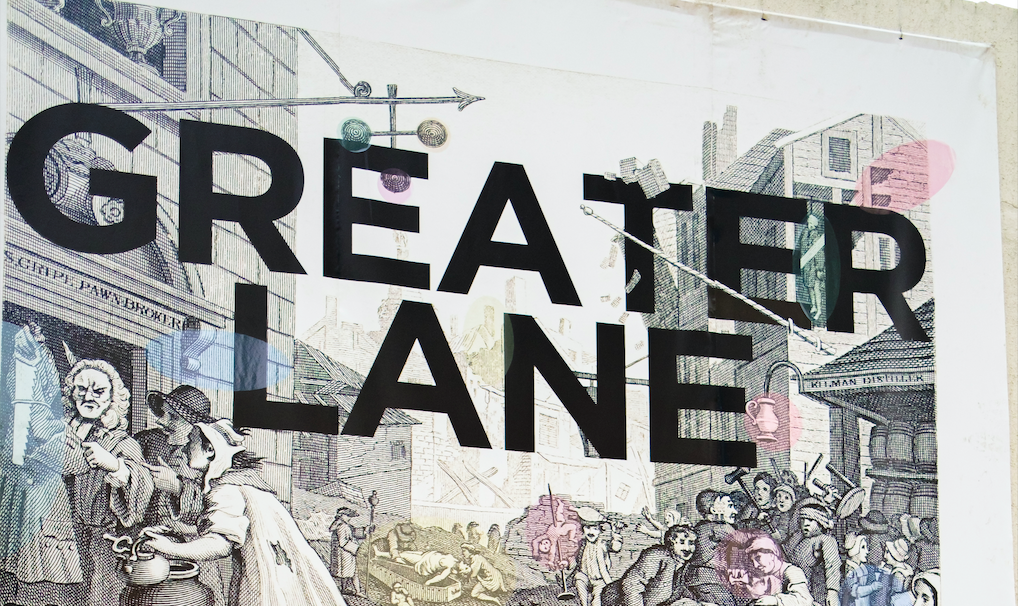Gin brand Greater Than recently presented an Indian interpretation of one the more infamous periods in drink’s history
Like the history of many other alcoholic drinks, gin has had its share of dark days.
Gin Lane – What Happened?
The origins of modern-day gin lie in Flanders, the Dutch speaking region of present day Belgium, which in the olden days, was popular for the distillation of a similar alcohol called ‘Genever’. In 1601, alcohol was banned in the region and its craftsmen migrated to surrounding regions, including Britain, to set up their distilleries. And thus was born British gin as we know it today.
The English took to gin like no one had expected. By the early 1700s, Londoners had given up on their traditional love for beer, and were quaffing vast amounts of gin in bars all over the city, leading to what has since been described as the ‘Gin Craze’ era. In some neighbourhoods of London, there were more gin bars than residential houses. One estimate put gin consumption at two pints a week per Londoner. People were selling their possessions, and in some cases their children, for money to buy the drink. Public drunkenness and crime became a big issue.
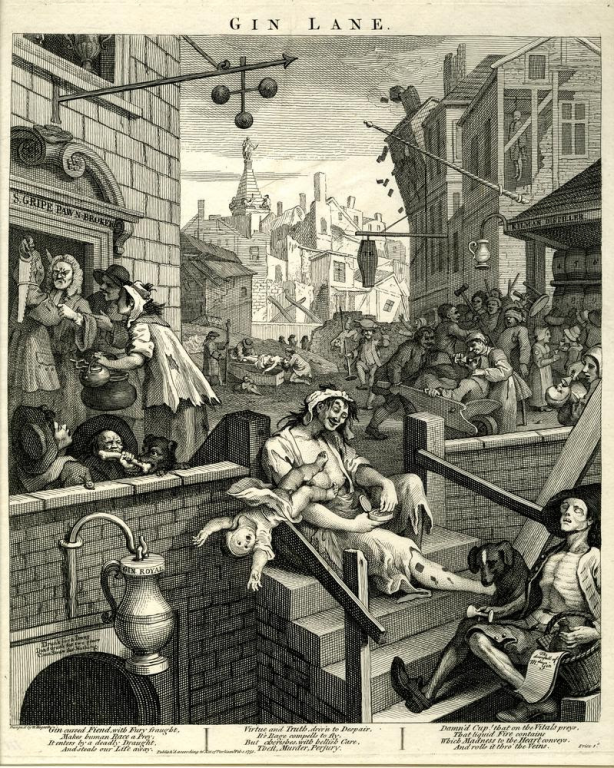
Propaganda Sets In
The government, through a series of ‘Gin Acts’ raised the tax on gin, but that led to riots in the city which stopped only after the taxes were lowered. In 1751, the government wanted to bring in yet another Gin Act to restrict gin trade only to licensed merchants, and retail licenses only to property owners. The idea was to encourage people to shift towards less-harmful tea and beer. As part of the propaganda to get the Act passed, the government commissioned satirist and painter William Hogarth to create public drawings that depicted the ill effects of gin. He created two drawings called Gin Lane and another one called Beer Road.
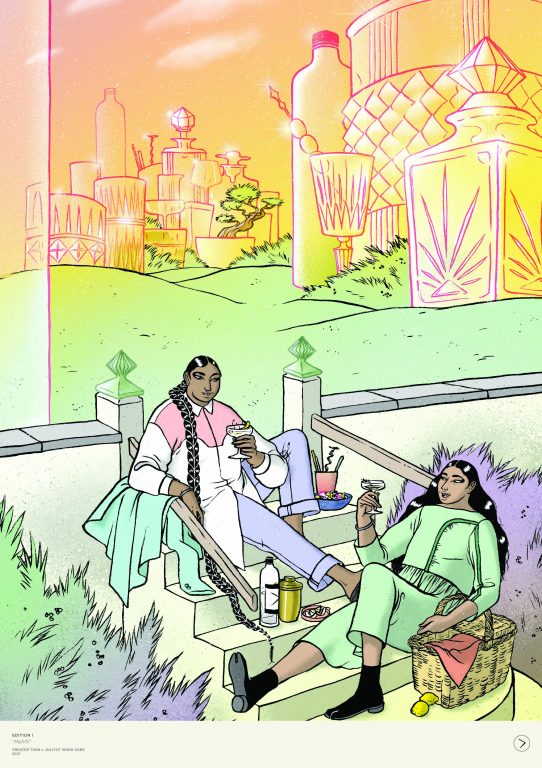
Prints of these were stuck together all over the city. Beer Road showed artists, poets, philosophers, and aristocrats enjoying their beer in civilised peaceful surroundings, while Gin Lane was a picture of mayhem. Drunkenness was everywhere, people fighting with each other, hungry men fighting with a dog for a bone, bare-chested ladies throwing their kids away, men pawning their belongings for money, some even hanging themselves from drinking too much or lack of it. Gin was depicted as an evil drink that destroys people and society.
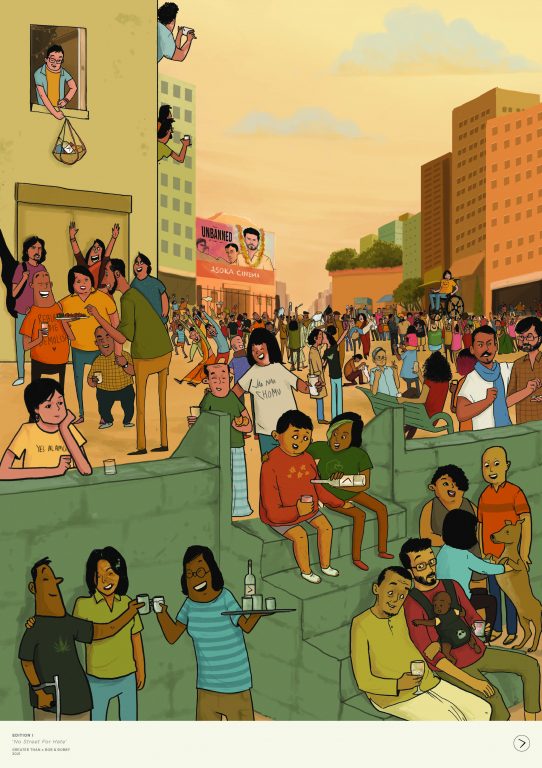
The propaganda worked, and the Act passed, which over the years dramatically reduced gin consumption in England.
India does greater lane
The influence of the Gin Lane drawing has continued over the last two centuries. British painters at various times have recreated their own version of Gin Lane to satirise the events of their day. And now, in the golden era of Indian gin, Greater Than has created an Indian version in a series of paintings called Greater Lane, created by five handpicked artists.
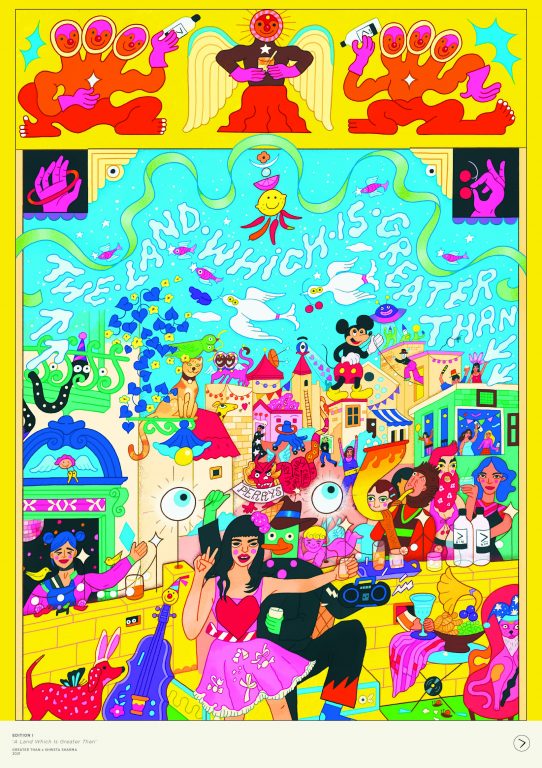
The paintings were unveiled at Delh’s STIR art gallery last week. The evening featured a guided tour of the paintings by Anand Virmani, co-founder of Greater Than, followed by the comedian Abish Mathew providing his version of the story behind the 1751 Gin Lane painting. Each painting was then paired with a cocktail that the GT team served to the invited guests.
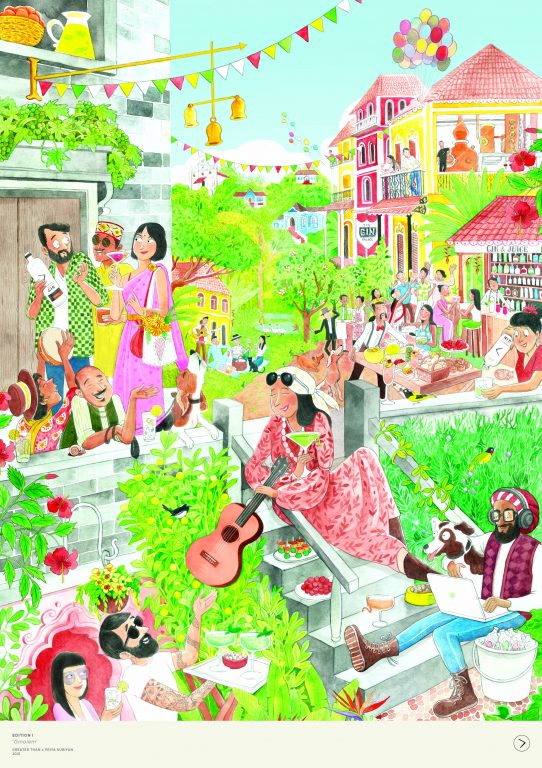
The painting exhibition will travel to Mumbai, Bengaluru, and Goa. 25 copies of each painting, individually numbered and signed by the artists will be available for sale for those interested.
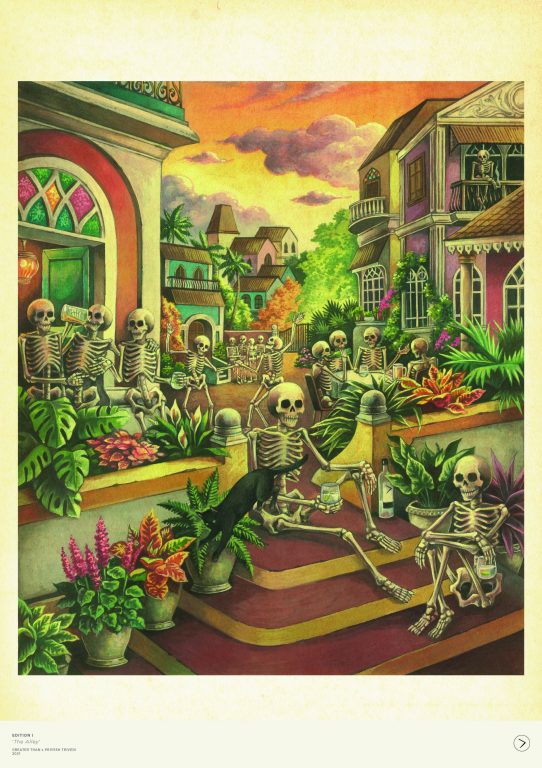
*Only 25 copies of these arts is on sale, individually numbered and signed by the artists themselves
Why’s it special?
What Greater Than did with Greater Lane is to yet again redefine gin as a modern, civil, fun, peoples drink. The fact that this happened in the capital, in India, something that needed addressing and for 271 no where in the world was this spoken about sets Greater Than and India apart. And as I always say, if we expect someone to change tides I’d be the leader of the troop, Greater Than did just that
Purchase them at https://greater-than-gin.myshopify.com/collections/all
First published in Man’s World in July 2022

